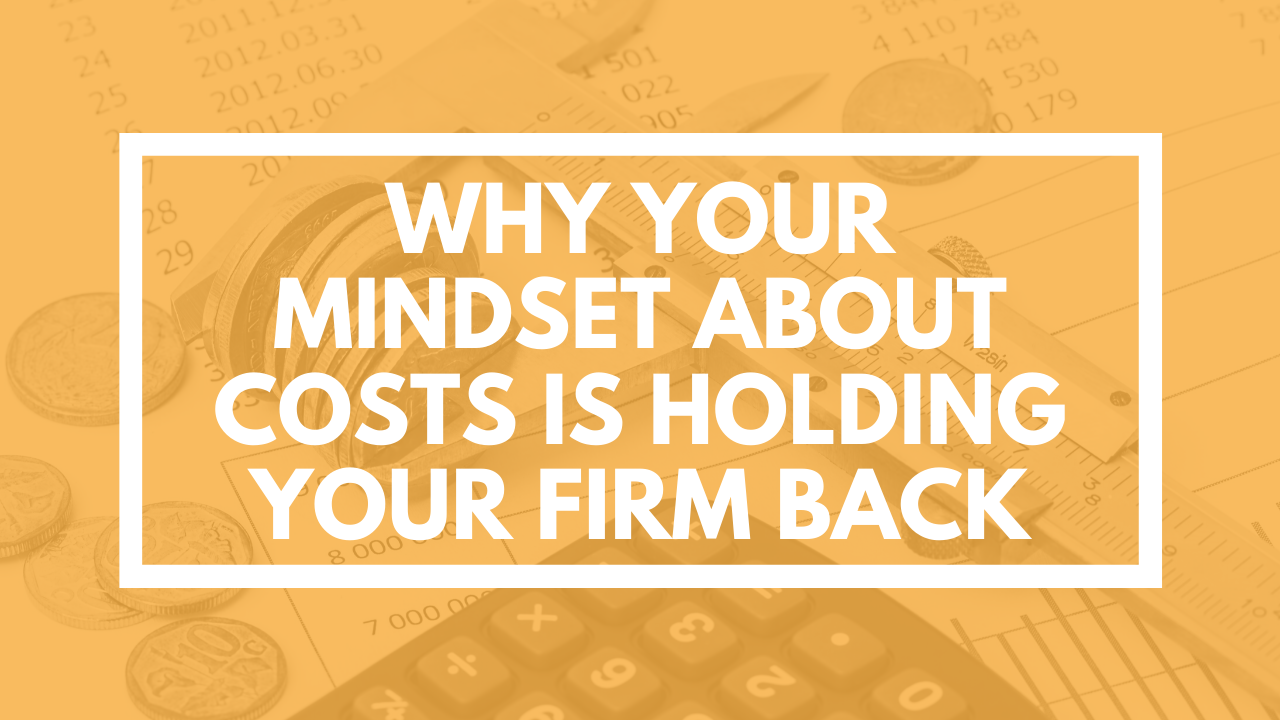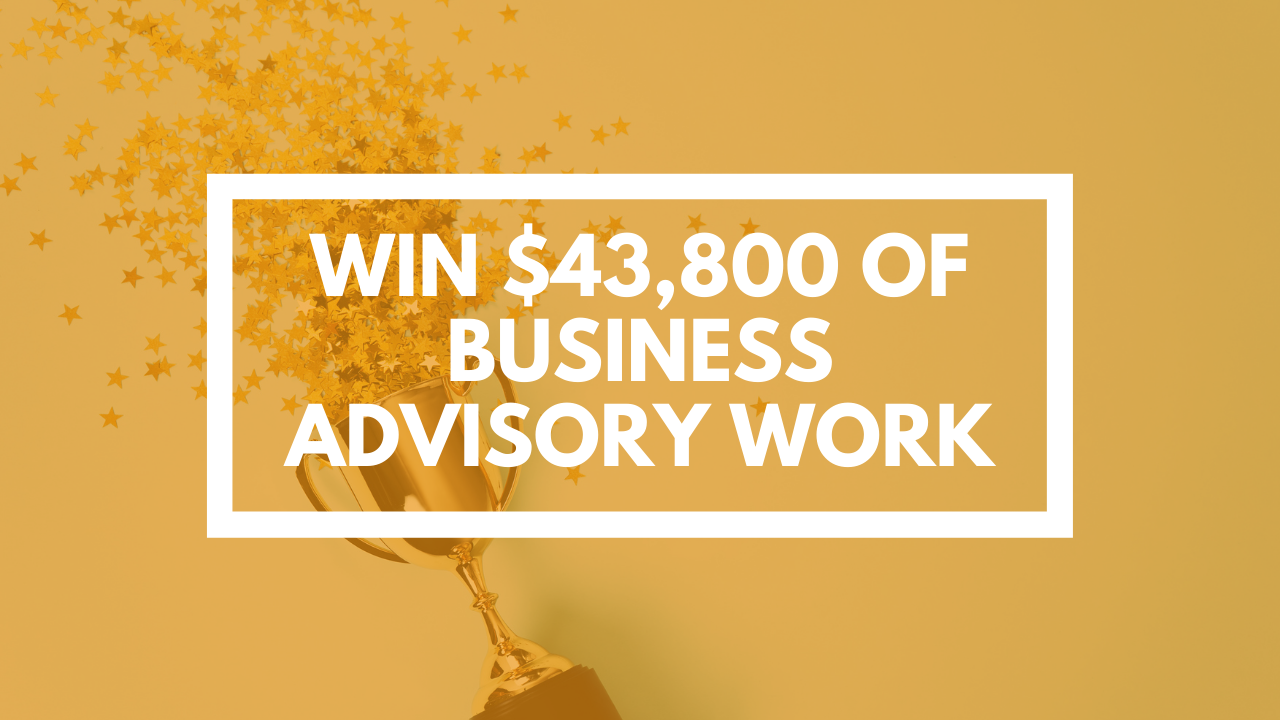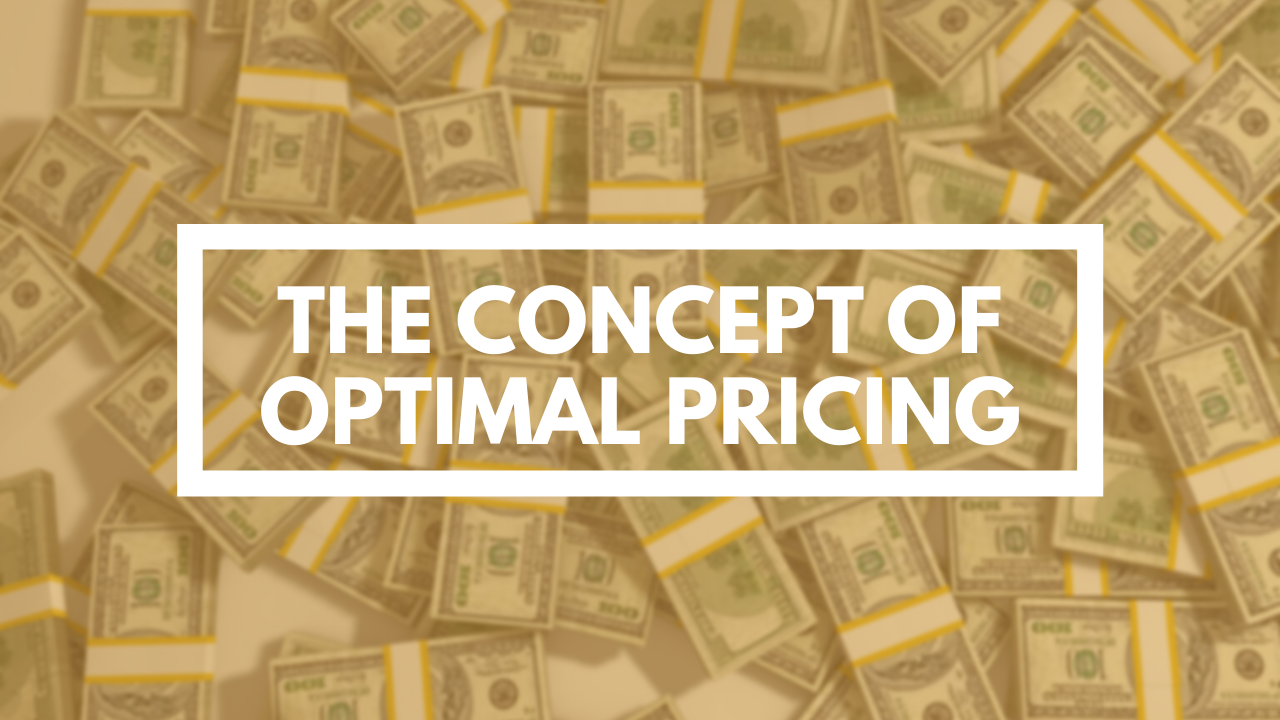Welcome to the Blog
This blog covers a wide range of powerful topics, from value pricing, to winning new clients through marketing, to starting your own business club, plus so much more.
Check out the different categories, or search for a specific topic - there’s sure to be something valuable for your business.
How To Win $43,800 of Business Advisory Work
Jun 02, 2020
The Concept of Optimal Pricing
May 05, 2020
How To Avoid Tyre-Kickers and PITA Clients
Apr 28, 2020
How to Communicate with your Team Remotely
Apr 24, 2020
Why You Should Grab Every Opportunity to Speak
Apr 21, 2020
How To Create a Great Marketing Strategy
Apr 07, 2020
How To Create a Great Pricing Strategy
Mar 31, 2020
How To Avoid Scope Creep
Mar 24, 2020
How To Get Clarity
Mar 17, 2020












